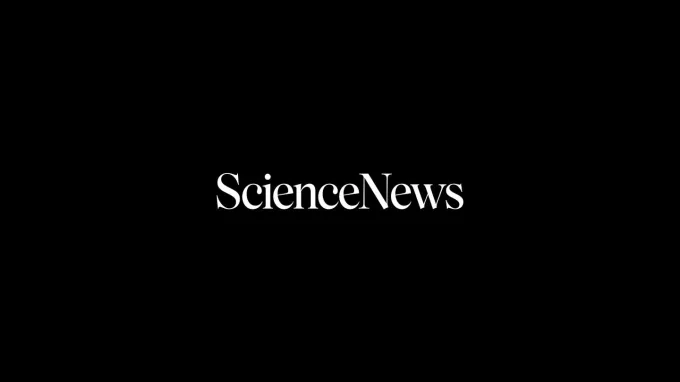Science News Magazine: Current Issue
Vol. 169 No. #25
Trustworthy journalism comes at a price.
Scientists and journalists share a core belief in questioning, observing and verifying to reach the truth. Science News reports on crucial research and discovery across science disciplines. We need your financial support to make it happen – every contribution makes a difference.
More Stories from the June 24, 2006 issue
-
 Earth
EarthMain source of airborne pollen varies by month
A 15-year study conducted in the New York City area charts how air concentrations of different types of allergy-causing pollen vary throughout an average year.
By Ben Harder -
 Plants
PlantsHerbal therapy for beleaguered lawns
Mustard and other herbal remedies can thwart turf attacks by root-feeding roundworms.
By Janet Raloff -
 Earth
EarthSomething’s fishy about these hormones
Synthetic steroids used to beef up cattle can impair reproduction in female fish and even give them macho physical traits.
By Janet Raloff -
 Health & Medicine
Health & MedicineCoffee protects against alcoholic cirrhosis
A sobering cup of coffee could provide protection against cirrhosis, a liver-scarring disease common in alcoholics.
-
 Health & Medicine
Health & MedicineGlucosamine isn’t at fault
The popular dietary supplement glucosamine doesn't cause insulin resistance, the precursor of type 2 diabetes.
By Kate Travis -

Three gene variants boost diabetes risk
Researchers have linked small variations in three genes to type 2 diabetes.
By Kate Travis -
 Health & Medicine
Health & MedicineNew drugs reduce blood sugar
Two experimental drugs can lower blood sugar significantly in people with type 2 diabetes.
By Nathan Seppa -
 Health & Medicine
Health & MedicineAntidepressant drugs show link to diabetes
People taking antidepressant medication might be at increased risk of developing diabetes.
By Nathan Seppa -
 Astronomy
AstronomyMagnetic Thrust: Fields force matter into black holes
New observations confirm that magnetic fields provide matter with the last push to plunge into a black hole.
By Eric Jaffe -
 Health & Medicine
Health & MedicineProof of Protection: Condoms limit infection by cervical cancer virus
Condom use reduces a woman's risk of being infected with human papillomavirus and of developing precancerous growths on the cervix.
By Nathan Seppa -
 Animals
AnimalsFishy Reputations: Undersea watchers choose helpers that do good jobs
Coral reef fish use smart-shopper techniques of looking for satisfied customers before choosing a small fish to provide cleaning services.
By Susan Milius -
 Ecosystems
EcosystemsA Chronicle of Coasts: Study charts historical changes in seas, estuaries
New research compares the long-term ecological impact of human activities in estuaries and coastal seas on three continents.
By Ben Harder -

Older but Mellower: Aging brain shifts gears to emotional advantage
The aging brain reorganizes in ways that foster emotional stability and a tendency to favor positive emotions over negative ones.
By Bruce Bower -
 Earth
EarthToxic Leftovers: Microbes convert flame retardant
Bacteria can break down a common flame retardant into more-toxic forms.
-
 Paleontology
PaleontologySticky Subjects: Insights into ancient spider diet, kinship
Remnants of a spider web embedded in ancient amber suggest that some spiders' diets haven't changed much in millions of years.
By Sid Perkins -

Nurture Takes the Spotlight
What a person eats, what chemicals he or she is exposed to, and other features of a person's environment chemically modify chromosomes, thereby changing how genes are ultimately expressed.
-
 Animals
AnimalsNaked and Not
The Damaraland mole rat may be less famous than its naked cousin, but both have some of the oddest social structures found in a mammal.
By Susan Milius -
 Humans
HumansLetters from the June 24, 2006, issue of Science News
Timely suggestions Clock time has long been out of step with the heavens (“To Leap or Not to Leap,” SN: 4/22/06, p. 248). Since the adoption of time zones in the 19th century, we have accepted disparities of as much as 30 minutes at the edges of the time zones (more in some cases since […]
By Science News
